A Santoku knife is a multipurpose kitchen knife that can be used a lot like your everyday chef knife and has unique styling, somewhat like a narrow-bladed cleaver.
Santoku knives were created in the mid-20th century as a multipurpose knife for the home cook. The name, in Japanese, translates to “three virtues.” Sources say those three virtues are working with meat, fish, and vegetables, though some say the term may also refer to three different cutting techniques: slicing, dicing, and chopping.
The Santoku knife has a well-balanced, comfortable grip and allows for full blade use. These knives are best known for their sharp edges and beveled blade, which improves their cutting performance by helping to release thin slices and sticky food after slicing.
Compared to a traditional chef’s knife, the Santoku knife is thinner, shorter, and lighter. The blade of a Santoku knife is usually between six and seven inches in length compared to the typical 8-inch blade of the chef’s knife.
Santoku knives have many uses and are excellent at chopping, cutting, dicing, and mincing. The big bonus is the food release dimple feature on the blade makes this kind of knife ideal for a wide range of cutting tasks.
What is a Santoku Knife Used For?
The Santoku knife is an all-purpose knife, so you’ll find a great many uses for it. Whether it be vegetables, meat, fish, or fruit, a santoku knife can chop any of these things – especially if the goal is to create thin, precise slices. The main purpose of santoku knives is to streamline food preparation. The wide blade allows for picking up chopped food quickly. The blade has a subtle oval indentation which allows for a tiny bit of space between the food and the blade. So, there is less chance of food sticking to the blade. This blade will speed up your cooking process.
Differences Between a Santoku and Chef Knife
For those new to specialty knives, it often easy to mistake a santoku knife from a chef knife because they are similar in function. At first glance, the santoku is said to be the Japanese version of Western-type Chef Knife. However, there are some specified differences in their physical features and functionality. These differences fall into the category of size, type of blade, uses, and weight.
The Blade Features – Santoku Knife vs. Chef Knife
One main feature that differentiates the santoku from the western chef knife is the blade design., When you look at the Santoku Knife, you will notice the hollow indentation at the edge of the steel knife’s blade. This unique feature enables the knife to form air pockets that help prevent food from sticking to the surface of the blade.
Meanwhile, Chef knives have a smooth surface and can achieve fast cutting due to their tapered shape along with a delicate, sharp edge.
How to Choose the Best Santoku Knife for You
Some things to consider when choosing the best Santoku knife for you is the structure of the knife and the materials of the blade.
Santoku knives come in different tang types:
Full tang knives have a full piece of metal and are the strongest, half of which is between two pieces of the handle.
Half or partial tang knives where the handle holds a part of the metal, but it doesn’t extend to the full length.
The type of steel you choose will make a difference in how the knife performs. Carbon steel is a smart, durable material but can corrode. Other types of metal can be weaker and unable to be whittle down to the thin, sharp edge. Some people prefer a combination of metals to mix the benefits that each material contributes.
Price is an important factor to consider. Santoku knives have a large price range, depending on the quality and the use. Experienced users like chefs may prefer a high-end knife that is more on the expensive side. While home cooks, a more affordable one might be better suited for you.
Important to consider that carbon steel knives require more maintenance and care. If you consider carbon steel, ensure that it is kept dry and keep away from soaking in a sink after use. Always hand washes and dry the blade after use it to avoid rusting.
How do you choose the best Santoku knife for you?
To make the process easier, we have rounded up the top five best santoku knives for you to choose from. Santoku knives vary in size, shape, function, and style. That’s why choosing the best knife for you can be a challenging task. Below we discuss the five best santoku knives to help you make the correct decision.
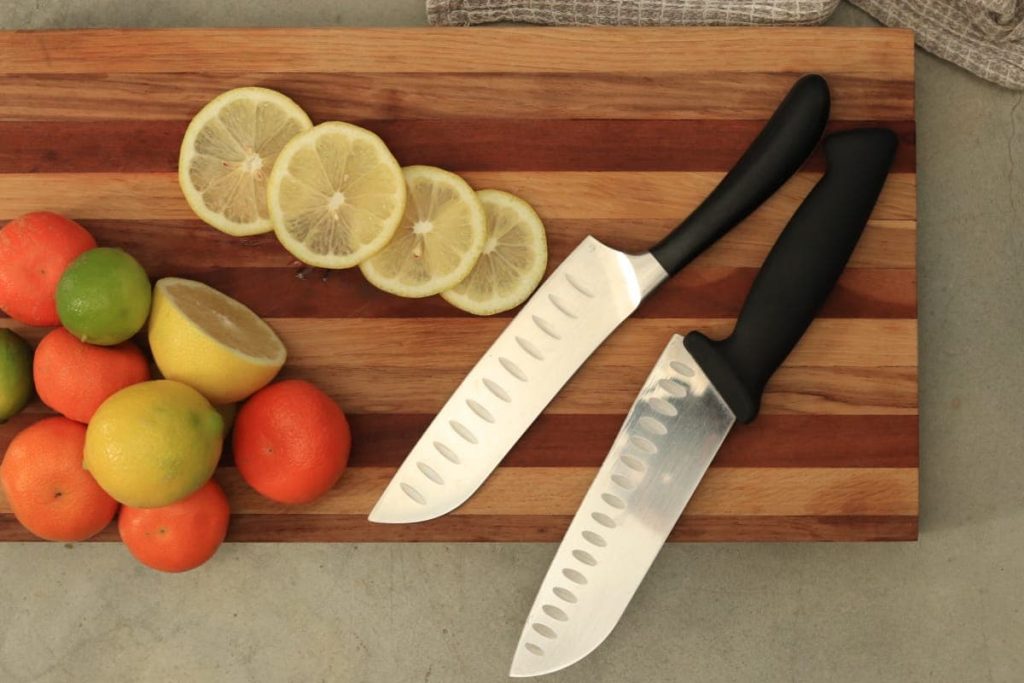
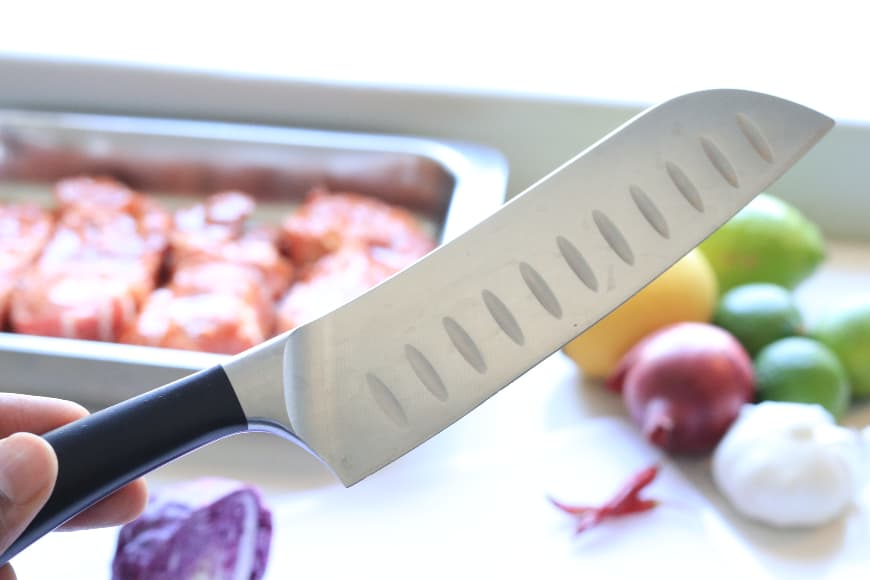
The 5 Santoku Knives Our Top Picks
| NO. | CHOICE | PRODUCT NAMES | |
| 01 | Best overall | Mac Knife MSK-65 Professional Hollow Edge Santoku Knife, 6-1/2-Inch, Silver Professional Hollow Edge santoku is perfect for every task and a pleasure to use. | |
| 02 | Best budget | Tojiro DP Santoku 6.7″ (17cm) You get a knife that’s real value for money. Made of stain-resistant steel, it has a strong cutting core. It is distinctive for its razor edge and superior quality. | |
| 03 | Best grip | Mercer Culinary Genesis 7-Inch Santoku Knife The ergonomic, non-slip handle is easy to hold even when your hands are wet. | |
| 04 | Best quality | Wusthof 4182 Santoku knife, 5″, Black Using a unique formula to forge, the blade is extremely tough as well as resistant to corrosion and stains. | |
| 05 | Best commercial use | Victorinox Swiss Army Cutlery Fibrox Pro Santoku Knife, Granton Edge, 7-Inch The blade is easy to control thereby allowing you to make super-fine cuts and considerably reducing cutting time. This blade is designed for high usage and suitable for professionals kitchens. |
Best Overall Santoku Knife
MAC Knife MSK-65 Professional Hollow Edge Santoku Knife
MAC’s MSK-65 Professional Hollow Edge santoku is perfect for every task and a pleasure to use. From our research, it performed well on every test. Gliding through hard root vegetables like carrots, cut through delicate items like tomatoes, leaving you with perfect slices,
butchering lamb and chicken, and seamlessly filleting the fish.
The knife handle is made of pakka wood and has a comfortable grip. Pakka wood is a composite material, made from both wood and plastic, it’s durable and attractive. The blade is a thin six-and-a-half-inches. It’s made in Japan but this knife features an even 50/50 blade geometry just like traditional Western knives, making it as well suited to lefties as to righties, and easier to sharpen for those who don’t know how to apply the different angles many Japanese blades require on each side.
Pros
- With minimal effort, this knife can cut through any kind of food.
- Light to hold and is the perfect size for most users.
- It’s ideal for cooks with small hands.
- The balance of this knife and its feel make it a pleasure to use.
Cons
- The tip of the knife can break easily.
- It is not dishwasher-safe.




Best Budget Santoku Knife
Santoku Knife: Tojiro DP Santoku
With the Tojiro DP, you get a knife that’s real value for money. Made of stain-resistant steel, it has a strong cutting core. It is distinctive for its razor edge and superior quality.
It has a sharp edge that makes it perfect for professional use. Perfect for use by right- and left-handed users with its even edge. When sharpening it is best to do so at an angle of 15″-16″.
This knife is 6.7” long and comes with a full tang blade (blade running from the tip through to the handle. Its strong wood handles offer more resistance to water than traditional wood. They are also comfortable to hold.
Pros
- Well, weighted knife.
- It is extremely comfortable, despite the bolster being a little odd.
- The entire knife is beautifully constructed.
- Good knife for beginners, both in size and cost.
Cons
- Sharp edge needs to be maintained.
- Can stain easily and is prone to chipping.
Best Grip Santoku Knife
Mercer Culinary Genesis Forged Santoku Knife
This might be the most affordable option out of all these knives. Despite its cost, this knife doesn’t disappoint when it comes to the features. The ergonomic, non-slip handle is easy to hold even when your hands are wet. It also a durable knife that doesn’t get damaged easily even when exposed to oil residues or high and low temperatures. The blade is fashioned from high-carbon and no-stain, stainless steel that should not corrode or discolor.
Pros
- Great-looking and well-designed Santoku knife.
- The blade retains its sharp edge for a long time.
- You can use it easily even when your hands are wet.
- The bolster is also short, making for easier handling.
- It features a Santoprene handle, which feels ergonomic and easy to handle
- .It comes with a lifetime limited warranty.
Cons
- Some say the handle of this knife is too bulky.
Best Quality Santoku Knife
Wusthof Classic Hollow-Ground Santoku
Produced by a German manufacturer, the Wusthof classic hollow santoku knife is styled after the Japanese chef’s knife. Meticulously forged from a single piece of chrome-molybdenum-vanadium steel formula, it comes with the critical characteristics that every professional looks for in a knife. Using a unique formula to forge, the blade is extremely tough as well as resistant to corrosion and stains. With good care, you can rest assured that the knife will last for years to come.
For extreme sharpness, Wusthof relies on their Precision Edge Technology. The blade is said to be 20% sharper than competitors, and also has twice the edge retention. As a result, you won’t have to sharpen your knife for at least a year. When it requires sharpening you’ll be able to do it with utmost ease.
As it comes with a hollow ground edge, Wusthof’s classic hollow santoku knife has additional properties that not all santoku knife have. The design has air pockets that are created between the hollow edge and the slice when you’re cutting. This will prevent food from sticking to the blade and leave you with a clean slice.
The full-tang handle is made of POM. POM or polyacetal is a widely used technical plastic material, that is hard, stiff, and durable. It is both hygienic and easy to keep clean, and it can be washed in a dishwasher.
Pros
- High-quality steel formula
- Full-tang
- Versatile
- Strong and durable
- Balanced
- Prevents food from sticking to the blade
Cons
- Very expensive






Best Commercial Use Santoku Knife
Victorinox Fibrox 7-Inch Granton Edge Santoku Knife
An ideal blade to invest in should slice, mince, and dice with great ease.
Look no further to Victorinox Fibrox 7-inch that performs all these tasks to perfection with low effort. Easily cut through different foods without worrying about the food getting stuck on the blade. The long hollow divots on the blade allow air to flow through the food slices thus enabling the food to slide off.
The handle of the Victorinox Sankuto blade features a fibrox handle that is well textured to prevent slipping. The handle features an ergonomic design that creates a comfortable surface to hold when using the knife. The most unique feature about the blade’s handle is that its design creates a pivotal feel to the hand thereby allowing you to use minimal effort when using the blade. The blade in this Victorinox knife is made of superior quality stainless steel material.
Using the refined hardness and robustness of the steel used, the blade prides itself on maximum sharpness and high performance due to impressive edge retention.
As a result of the quality construction, the blade is durable, rust-resistant, and is not affected by heat variations. The blade is easy to control thereby allowing you to make super-fine cuts and considerably reducing cutting time. This blade is designed for high usage and suitable for professionals kitchens.
Pros:
- Lightweight design
- Razor-sharp blade
- Durable
- High-quality build
Cons:
- The handle may feel cheap for people used to high-end knives
My Experience
Using a Santoku knife for the last 10 years, I can honestly say this design is my favorite all-purpose knife. While I own many other knives, this is my go-to knife in the kitchen.
The main reasons I enjoy using this knife are its quality and sharpness not to mention the unique design on the blade that prevents food from sticking to the blade while cutting. Both my knives are mid-range and still in top condition due to the care taken when maintaining the knife. I always hand wash the knives, even if they are dishwasher safe, and sharpen the knife regularly using quality a knife sharpener. It would be my first recommendation to a beginner or a professional chef due to its versatility and durability. Give it a try you won’t look back.
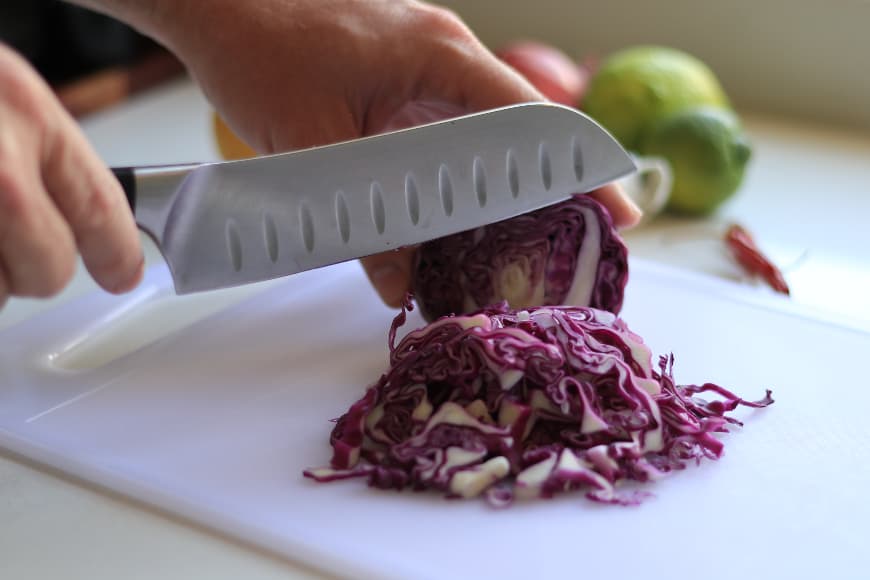

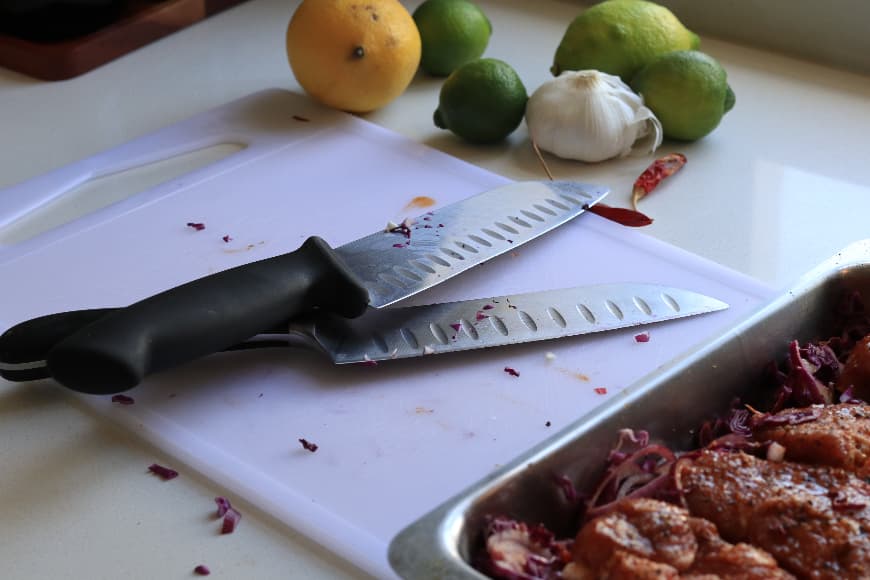

Final words
We hope this article helps you find the right Santoku knife for you. The secret to enjoying great service from a Santoku knife is by choosing a blade that is designed and built to last.
Make sure you do your research and choose a blade with unbeatable agility, great finish, comfortable handle, and solid construction. With the right research on the internet, it is possible to find a good quality blade that is affordably priced and perfect for you. Happy Chopping!
Last updated: September 24, 2023
This page may contain affiliate links / Images from Amazon Product Advertising API
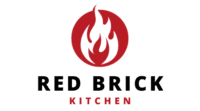
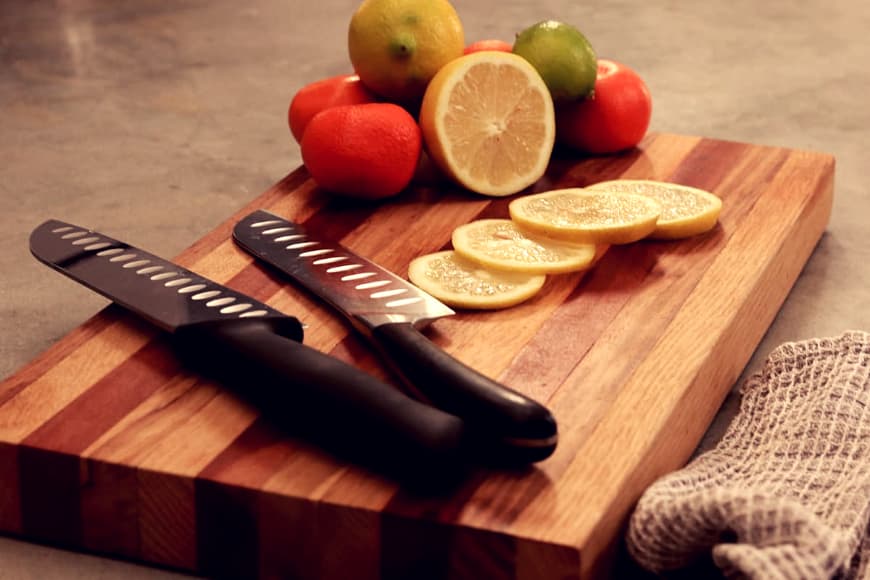




Comments are closed.